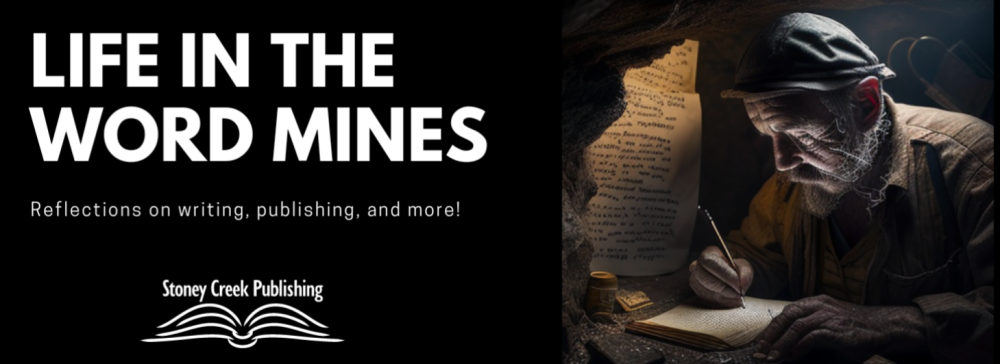
Authors come to me with all sorts of demands. I understand, because I’m an author, too. And I grew up with a lot expectations about writing, books, and publishing, much of it built on industry myth.
I had one author say that he always wanted to write a book that was cataloged in the Library of Congress. I wish all author wishes were so easy to grant. But there’s one that more common, and increasingly more difficult to address: the hard cover with a dust jacket.
When I published my novel, The Big Empty, I wanted to bring it out in hardcover. I’d wanted to write a novel since I was eight, and I’d been working on the book on and off for 20 years. I knew what I wanted it to look like, and I was determined to follow the vision I had in my head. The problem is, a lot has changed in publishing since I was eight, starting with the fact that many people don’t want to pay $30 or more for a debut novel.
Hardcovers are expensive, especially for small presses. We can’t get the same deals from printers that, say, Penguin Random House can. We do smaller print runs, which means fewer volume discounts, if any.
And then there’s the dust jackets. They get torn in shipment — frequently. Back when I was eight, printers shrink-wrapped hardcovers in plastic to avoid this problem. But today, that process is too expensive. So as a publisher, we must order 10 percent more dust jackets than books to replace any torn ones. That, of course, adds to the average unit cost of the book.
Many publishers are moving to laminate covers — hardcovers with the images printed directly on them, rather than the traditional cloth binding. But these often look too much like textbooks for some people’s taste. Others are trying what I call fancy paperbacks — softcovers with flaps, sort of combination of hardcovers and paperbacks that say “this is special.”
The bottom line: As a small publisher, hardcovers cost Stoney Creek more than double what paperbacks do to print. Keep in mind I have to offer a 50 percent retail discount (and guarantee full refunds for returns), otherwise most bookstore won’t stock my titles.
On top of these expenses, distribution fees and shipping costs are higher with hardcovers. COVID, of course, made all this worse. The Big Empty was months late in its release because of problems that included labor shortages at the printing plant and a last-minute scramble to find the proper color cloth for the cover after the original choice was unavailable. Surprisingly, the extra dust jackets took even longer to print than the books themselves.
For most hardcovers to have any money left after these expenses for author royalties, they’re going to have to be priced well above $30 to avoid losing money on every book. But at those prices, we’ll sell fewer copies, so the author and Stoney Creek could still lose money. What’s more, the author will likely be disappointed with the sales numbers, too.
In other words, unless the author is willing to contribute to the publishing costs, a third party offers to support the book or guarantees to buy a large number of copies, hardcovers are getting tougher for indie publishers.
As an author, I certainly understand the allure of a hardcover with a shiny dust jacket. Nothing says “I’m a published author” like holding one of those babies in your hand. But as with so much else in the writing business these days, we may need to change our definition of success.
With two of our releases —Someday Belongs to Us and the just-out Second Lives: The Journey of Brain-Injury Survivors and Their Healers — we tried a compromise. We released both books in paperback simultaneously with a limited-edition hardcover. The paperbacks are competitively priced. The hardcovers are expensive — $39.95 and $49.95 respectively — but both hardcover editions have sold out their initial print runs. The print runs were small, but the hardcovers appeal to a narrow audience — the authors, their friends and family, and others who want to support them.
We also have used these signed hardcovers for giveaways, including one on Goodreads for Second Lives that wrapped up last week.
It’s an experiment in compromise, but one that has been successful so far, and one I hope we get to try again in the future. In the meantime, look for a paperback edition of The Big Empty with additional content this fall.
And let us know how you feel as readers. Do you prefer a hardcover or a paperback? How much are you willing to pay for either? Are you willing to pay more for a limited edition?
